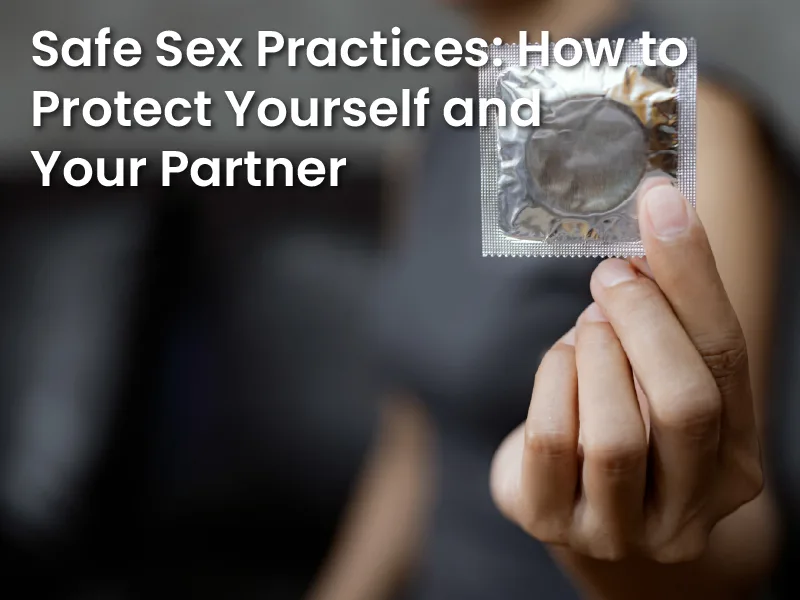
Safe sex is essential for protecting yourself and your partner from sexually transmitted infections (STIs) and unintended pregnancies. Practising safe sex involves using protection, regular testing, and open communication. Always consult a medical professional before following any health advice or setting out a new health plan.
Use Condoms Consistently and Correctly
Condoms reduce the risk of sexually transmitted infections (STIs) and unintended pregnancies. Use latex or polyurethane condoms for the best protection, and check expiration dates to ensure effectiveness. Proper usage, including leaving space at the tip and avoiding oil-based lubricants, enhances safety.
Get Regular STI Screenings
Many STIs have no symptoms, making routine testing essential for early detection and treatment. Both partners should get tested before engaging in unprotected sex, especially if they have multiple partners or are entering a new relationship.
Consider Additional Barrier Methods
Beyond male condoms, dental dams and female condoms offer extra protection against STIs during oral and vaginal sex. These options help prevent direct skin-to-skin contact, reducing the risk of infections like herpes and HPV.
Use Birth Control but Know Its Limitations
Birth control methods like pills, IUDs, and patches prevent pregnancy but do not protect against STIs. Combining contraception with barrier protection (like condoms) ensures comprehensive protection for both partners.
Communicate Openly About Sexual Health
Honest conversations about sexual history, STI status, and boundaries create a safer and more respectful sexual experience. Discussing protection methods and expectations helps partners make informed decisions and reduces the risk of infections.
Get Vaccinated Against HPV and Hepatitis B
Vaccines protect against certain STIs, including human papillomavirus (HPV) and hepatitis B, both of which can cause long-term health issues. Getting vaccinated early offers lifelong protection and reduces transmission risks.
Use Lubrication to Prevent Tears and Irritation
Water-based or silicone-based lubricants reduce friction during sex, preventing small tears that increase STI risk. Avoid oil-based lubricants with latex condoms, as they can weaken the material and lead to breakage.
Limit Alcohol and Drug Use Before Sex
Substance use impairs judgment, leading to risky sexual behaviours like condom neglect or multiple partners. Staying clear-headed ensures safer choices and better communication with a partner about protection.
Know the Signs of STIs and Seek Treatment Early
Unusual symptoms like genital sores, itching, burning during urination, or unusual discharge may indicate an STI. Early diagnosis and treatment prevent complications and reduce the risk of transmission to partners.
Mutual Monogamy Reduces STI Risk
Being in a committed, mutually monogamous relationship with a tested partner lowers STI exposure risks. However, both partners should be screened before stopping condom use to ensure complete safety.
Conclusion
Practising safe sex is vital for protecting both physical and emotional health. Using protection, getting tested regularly, and maintaining open communication are key components of responsible sexual behaviour. Always consult a healthcare provider for personalized guidance.


